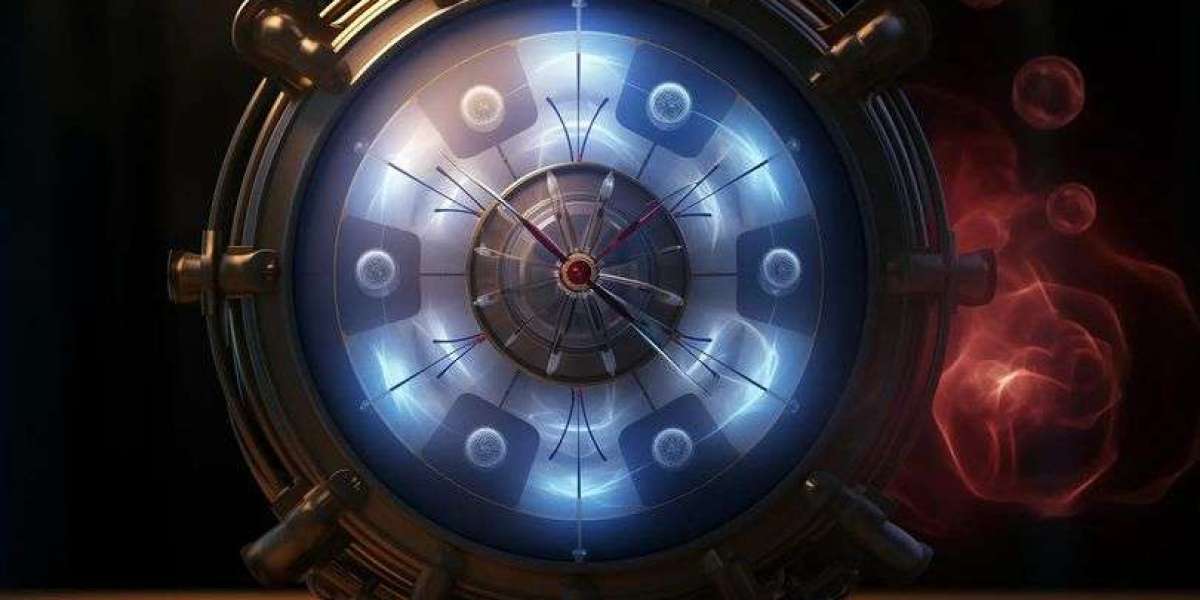"History is a clock, and nations are its hands. Far from being linear, collective time is a breath where deep forces play out, forces that only a new science can decipher."
The European Union, a political project of unparalleled ambition in contemporary history, stands at a crossroads. It is a fragile equilibrium, a constantly evolving construct, carried by nations whose trajectories sometimes converge and sometimes diverge. However, while the EU's governance today relies on conventional economic, demographic, and political analyses, it lacks a tool capable of measuring and anticipating the true civilizational dynamics shaping its future. This is where the Natiometer and the International Society of Natiometry come into play, proposing a revolutionary science for measuring nations and an unprecedented approach to governance in an era of great transformations.
Faced with the cyclical crises that challenge the European edifice, the tensions between national sovereignty and supranational integration, and the need to anticipate and understand the deep forces structuring the European space, Natiometry offers a new interpretative key. How do the Natiometer and the International Society of Natiometry represent a strategic lever for the future of the European Union? We will first show how the EU, in search of new analytical paradigms, struggles to decipher its own dynamics (I). We will then demonstrate how the Natiometer, with its ability to measure and anticipate national cycles, opens an unprecedented field for proactive and enlightened governance (II). Finally, we will propose the structural integration of Natiometry into European governance tools to turn this vision into reality (III).
I. The European Union :
A Complex System in Search of New Analytical Tools.
The European Union embodies an unprecedented political ambition: to create a space of peace, prosperity, and cooperation among nations that had been in conflict for centuries. Yet, this construction remains fragile, confronted with recurring crises, identity tensions, and centrifugal forces that threaten its unity.
1. A Multi-Level Governance Exposed to Cyclical Crises
Europe operates under a hybrid logic, where the sovereignty of member states coexists with supranational institutions. While innovative, this model generates constant frictions, particularly evident in major crises:
-
The Euro crisis, which exposed the deep economic disparities between Northern and Southern Europe.
-
Brexit, which illustrated the power of national narratives against the logic of integration.
-
Migration tensions, which highlight cultural and geopolitical divergences among member states.
-
The rise of populism, a symptom of a civilizational malaise poorly understood by traditional analytical tools.
These crises are not mere conjunctural jolts; they are expressions of deep cycles, of latent tensions that Natiometry could measure, anticipate, and explain.
2. A Political Architecture Lacking Instruments to Measure Collective Time
The European Union often operates in urgency, reacting to crises without possessing a temporal compass. Its approach relies mainly on economic and institutional indicators, lacking a true understanding of the narrative, vibratory, and cyclical forces that animate European peoples.
-
Europe needs a tool capable of deciphering national narratives, measuring their convergences and divergences.
-
It must integrate the temporal and wave-like dimension of nations to understand the flows of adherence and rejection towards the European project.
-
It must equip itself with a quantum clock of nations, an instrument capable of mapping the deep rhythms of peoples and proposing governance in resonance with these dynamics.
The Natiometer is precisely this missing compass, a fresh perspective on the invisible mechanisms sculpting European history.
II. The Natiometer :
A Revolutionary Scientific Tool for Anticipating European Dynamics.
1. A Science of Nation Measurement at the Service of Predictive Governance
The Natiometer is based on a scientific approach to national dynamics, integrating historical cycles, narrative structures, and civilizational flows. It enables:
-
The mapping of invisible tensions underlying the evolution of European societies.
-
The detection of narrative fractures and the identification of rupture zones before they escalate into major political crises.
-
The modeling of adhesion and rejection dynamics among peoples, allowing the EU to anticipate transformations rather than endure them.
2. Towards a Europe Capable of Anticipating and Preventing Crises
Applied to the European Union, the Natiometer would open an unprecedented field of action:
-
It would enable the anticipation of populism’s rise by identifying dominant narratives and their mutations.
-
It would help predict geopolitical realignments by detecting flows of convergence and divergence among member states.
-
It would offer a vibratory mapping of nations, allowing European policies to be adapted to the specific frequency of each people.
By integrating this science of nations, the EU could transform its reactive governance into predictive and visionary governance.
III. Towards the Integration of Natiometry into EU Governance Tools
1. Establishment of a European Natiometric Observatory
To make this revolution a reality, it is essential to institutionalize Natiometry within the EU:
-
Creation of a European Natiometric Observatory, affiliated with the Euopean Commission.
-
Development of pilot studies demonstrating the relevance of the Natiometer in analyzing European dynamics.
-
Integration of the Natiometer into EU think tanks and foresight laboratories.
2. Towards the Institutional Recognition of Natiometry
The ultimate ambition is to have Natiometry recognized as a strategic science for Europe:
-
Inclusion of the Natiometer in the EU’s predictive governance tools.
-
Advocacy among political decision-makers for its official adoption.
-
Awareness campaigns among intellectual and scientific elites to establish the legitimacy of this emerging discipline.
Conclusion :
The European Union at the Dawn of Natiometry.
Europe cannot afford to navigate blindly in a world in perpetual mutation. It needs a new analytical horizon, an instrument capable of deciphering the clockwork of collective time.
The Natiometer and the International Society of Natiometry offer this unprecedented key, this revolutionary perspective on the deep dynamics of nations.
The time has come for Brussels to take a decisive step, to integrate Natiometry as a foundational science of the 21st century. The future of Europe can only be built in resonance with the rhythms of the world.
What if the EU chose clarity and foresight ?









